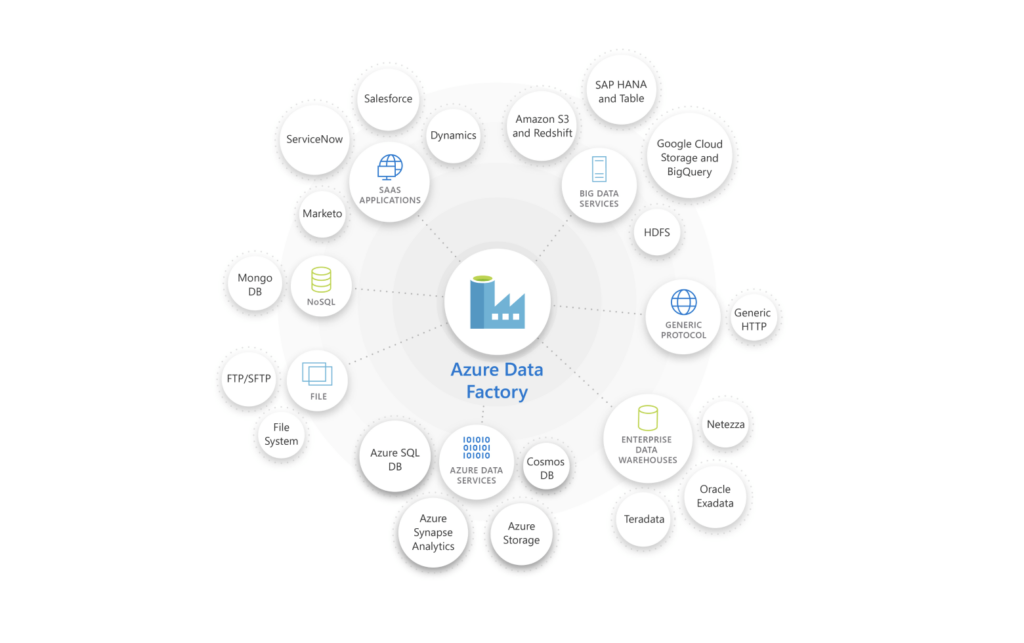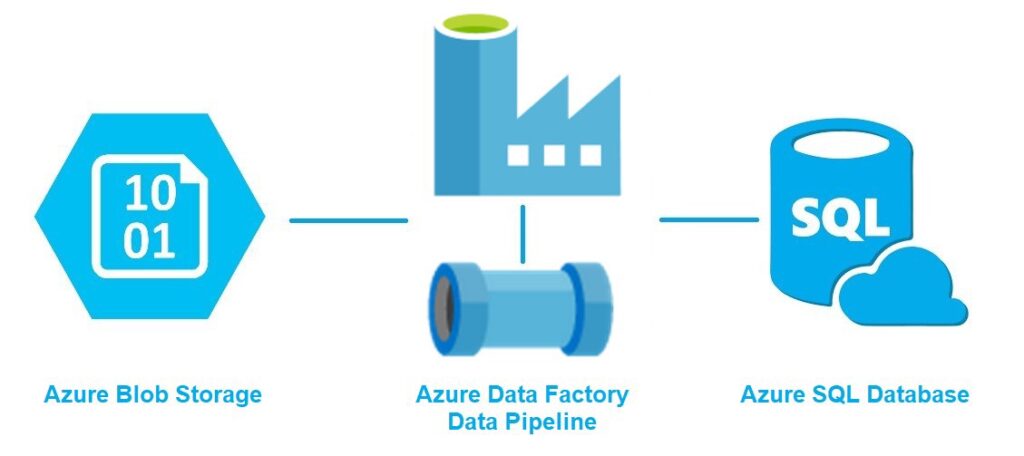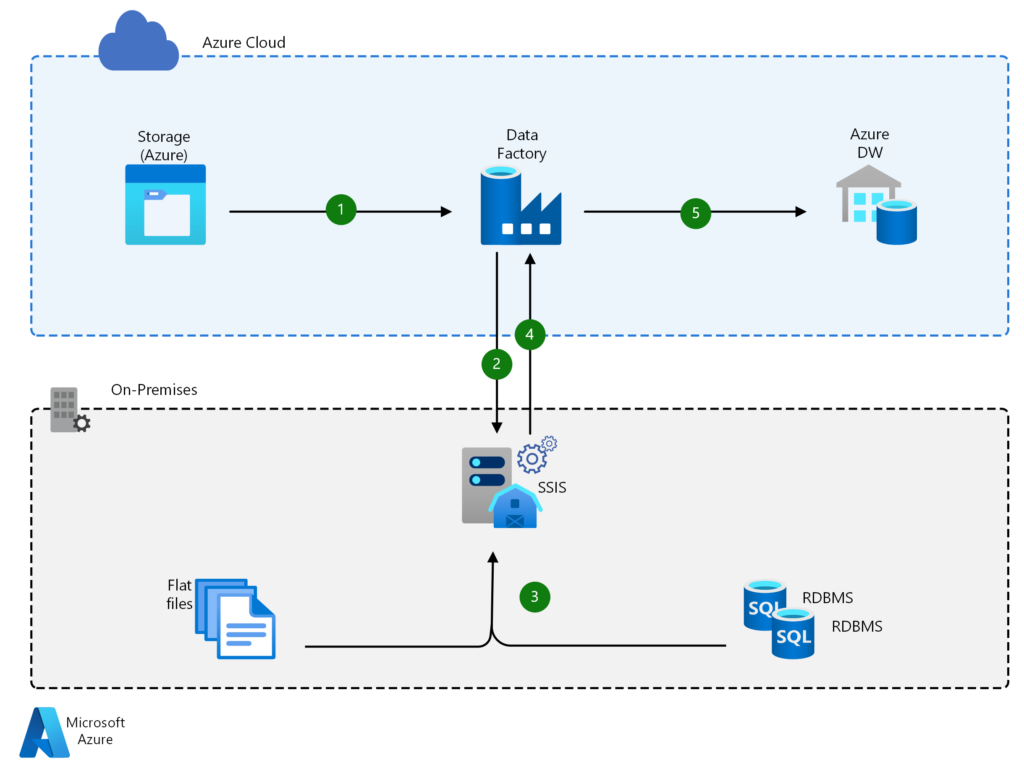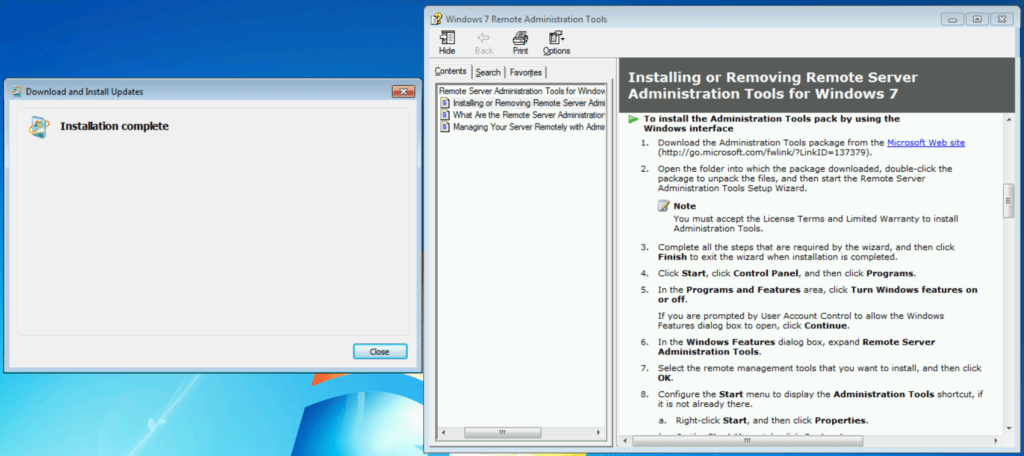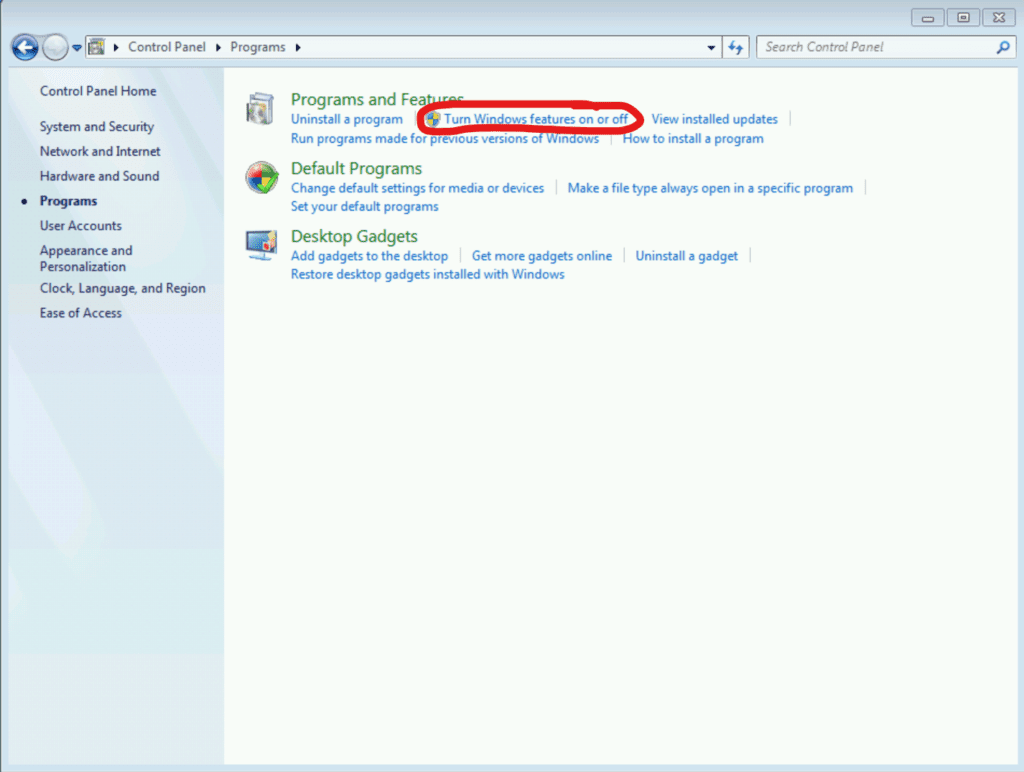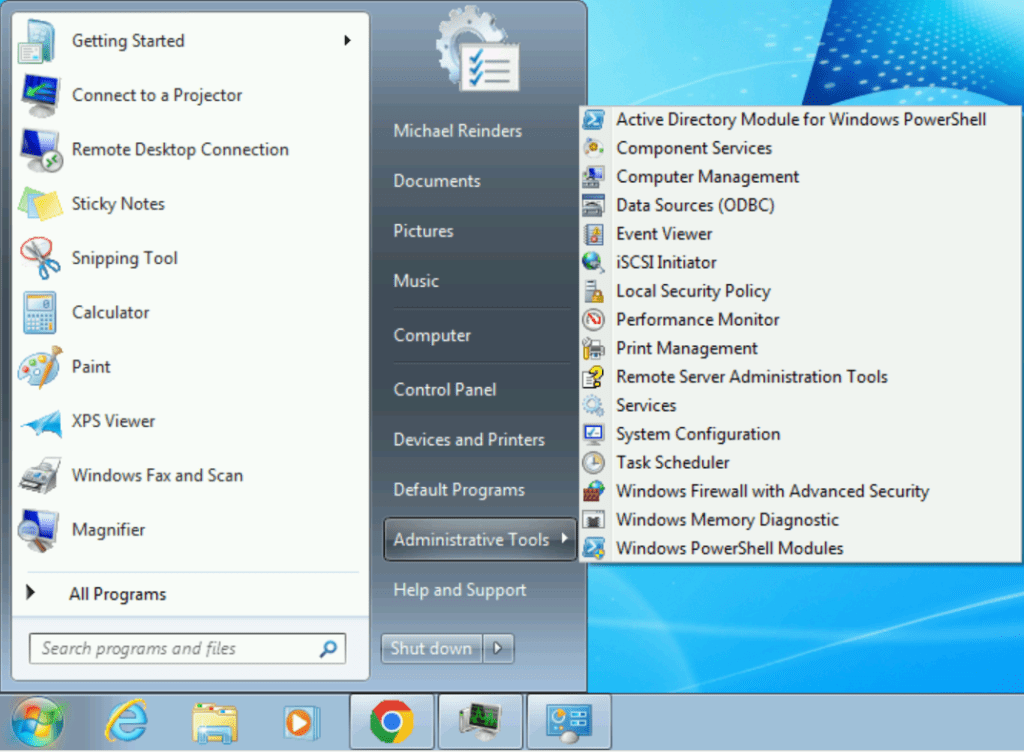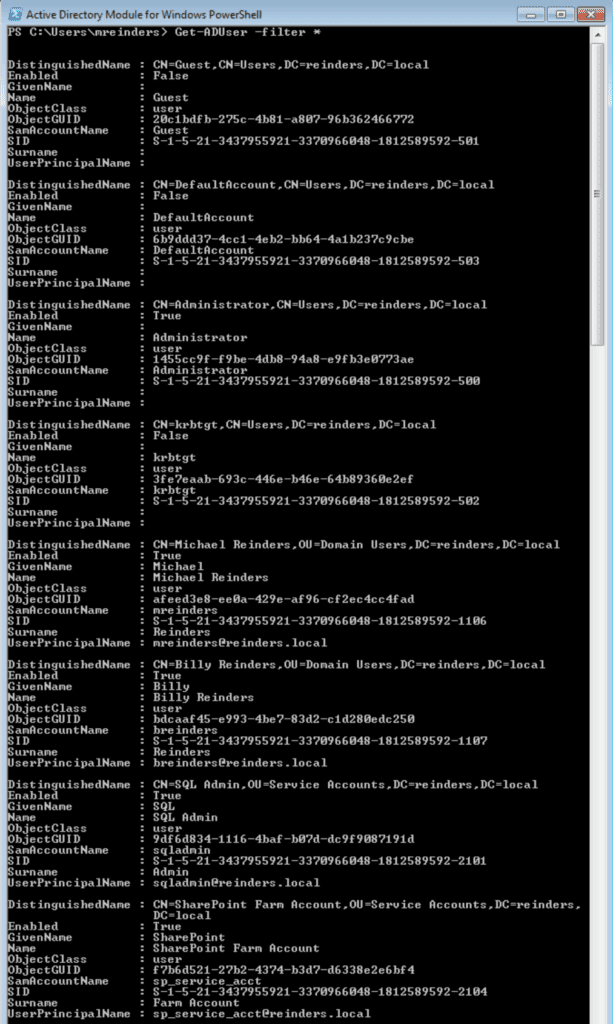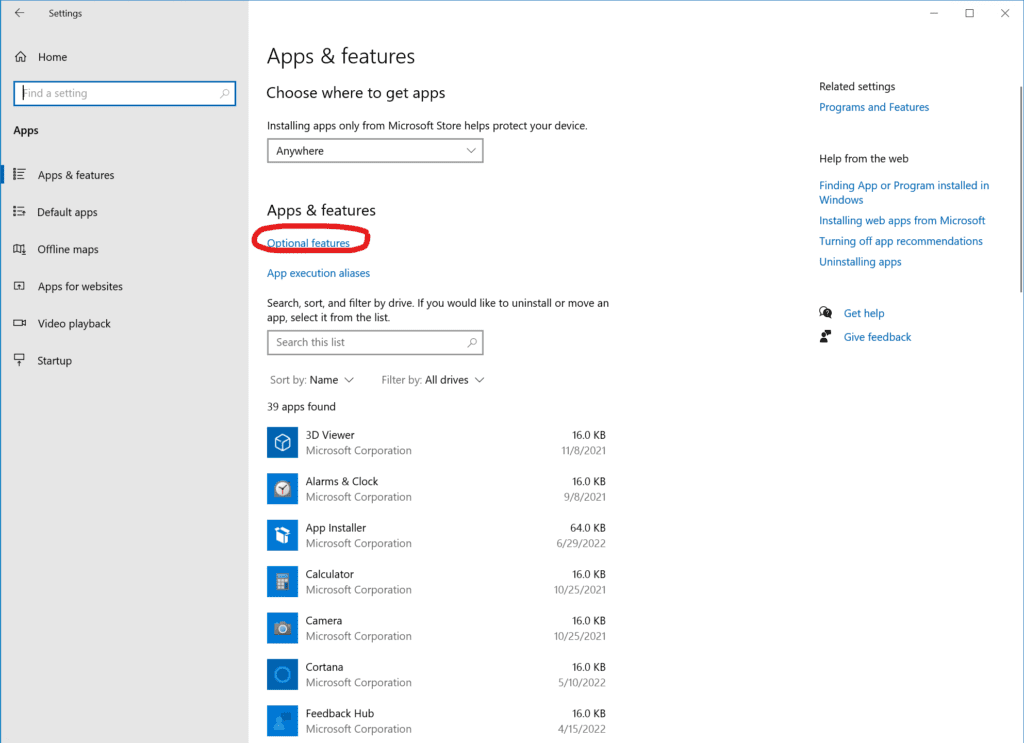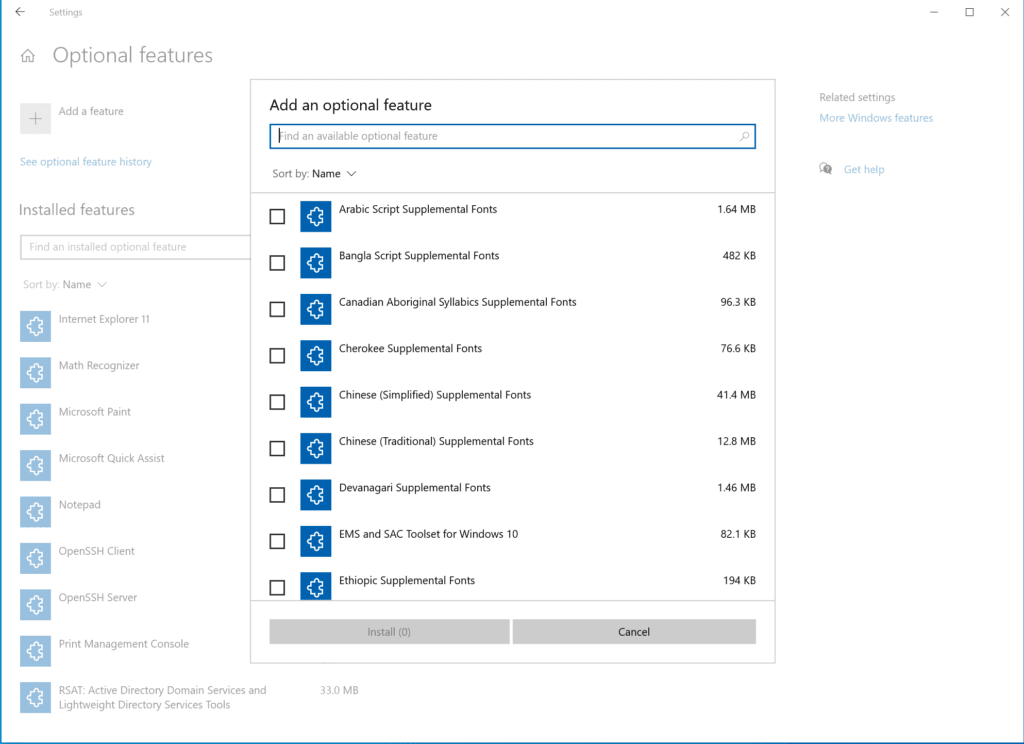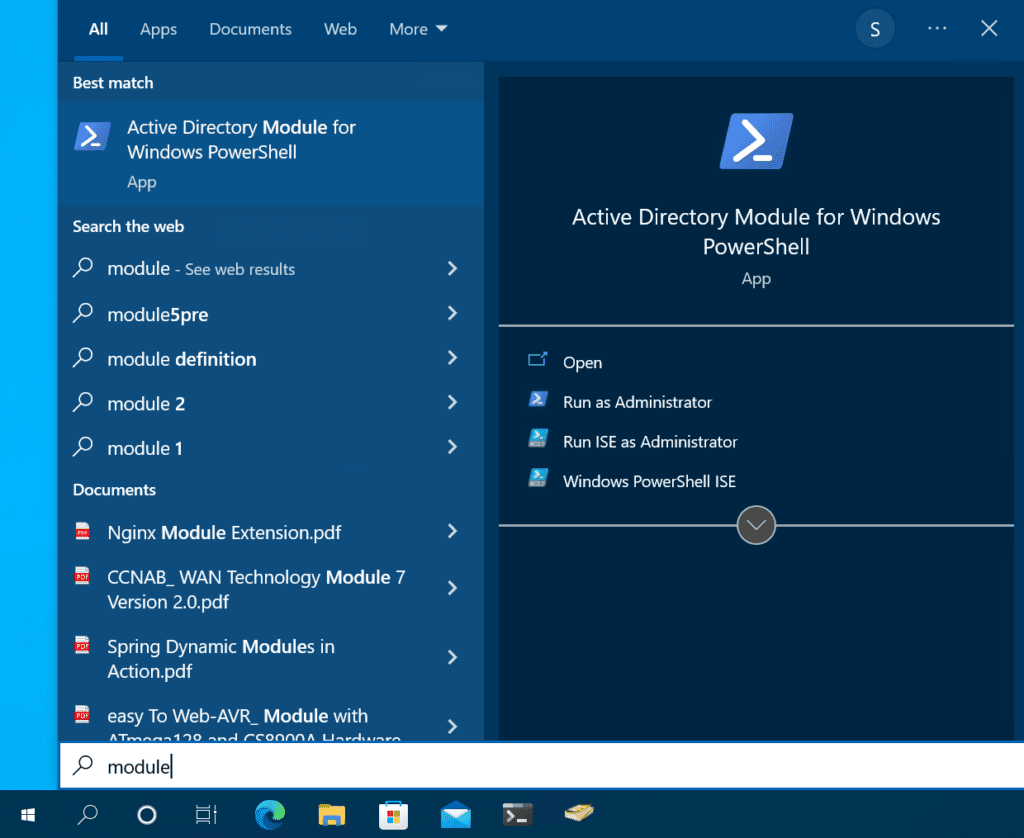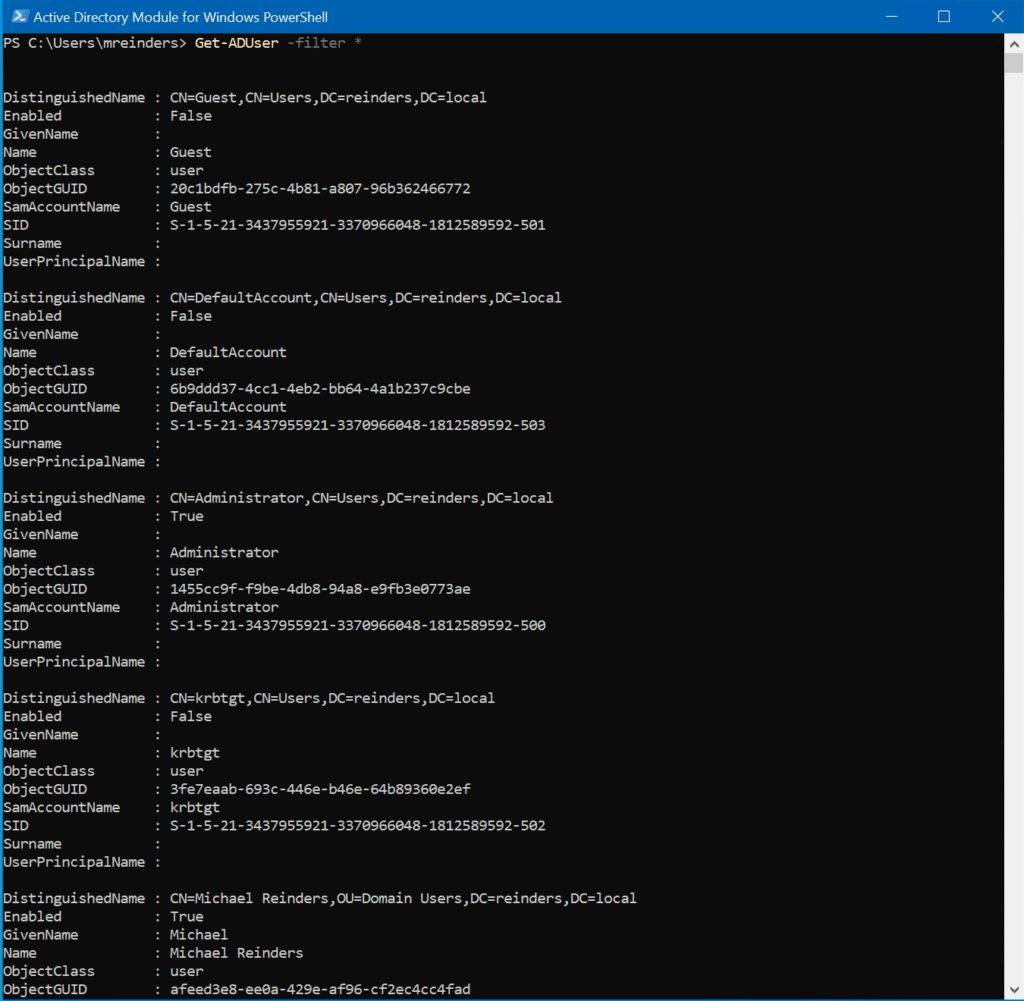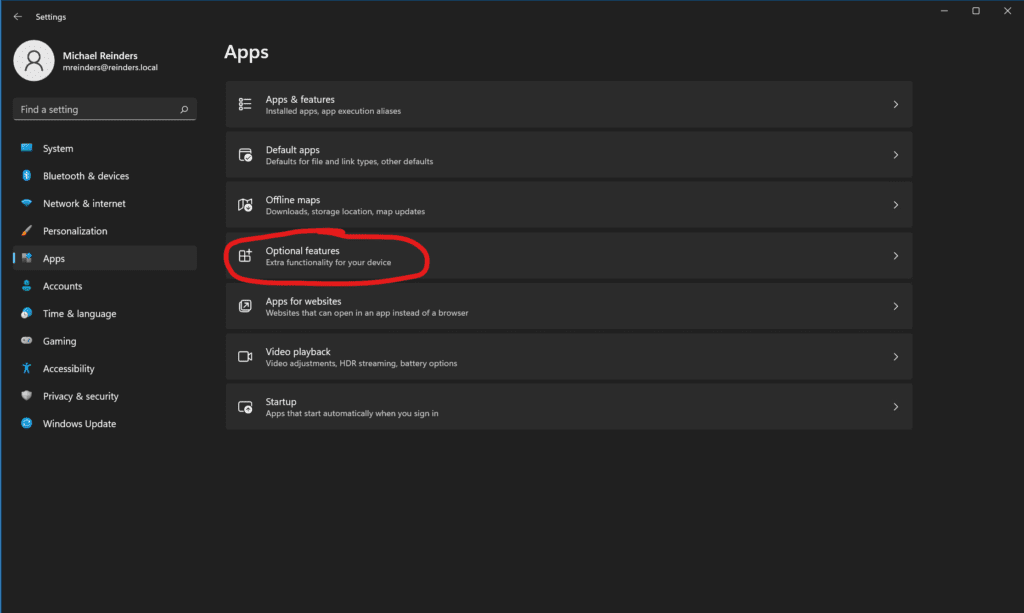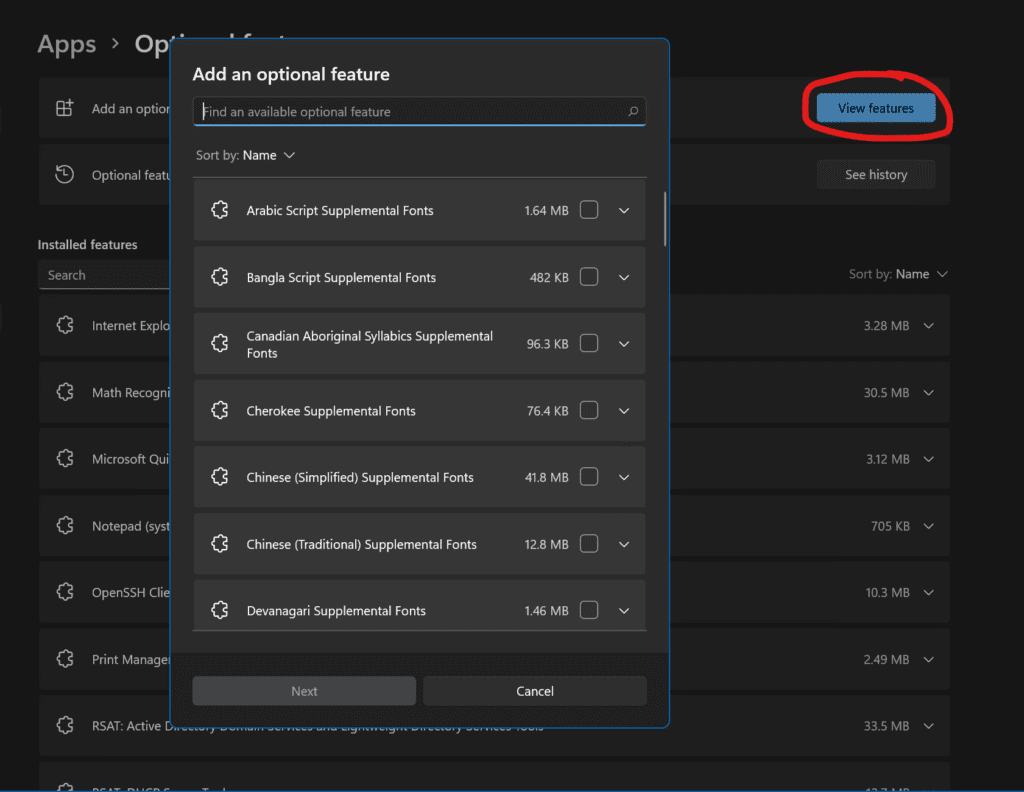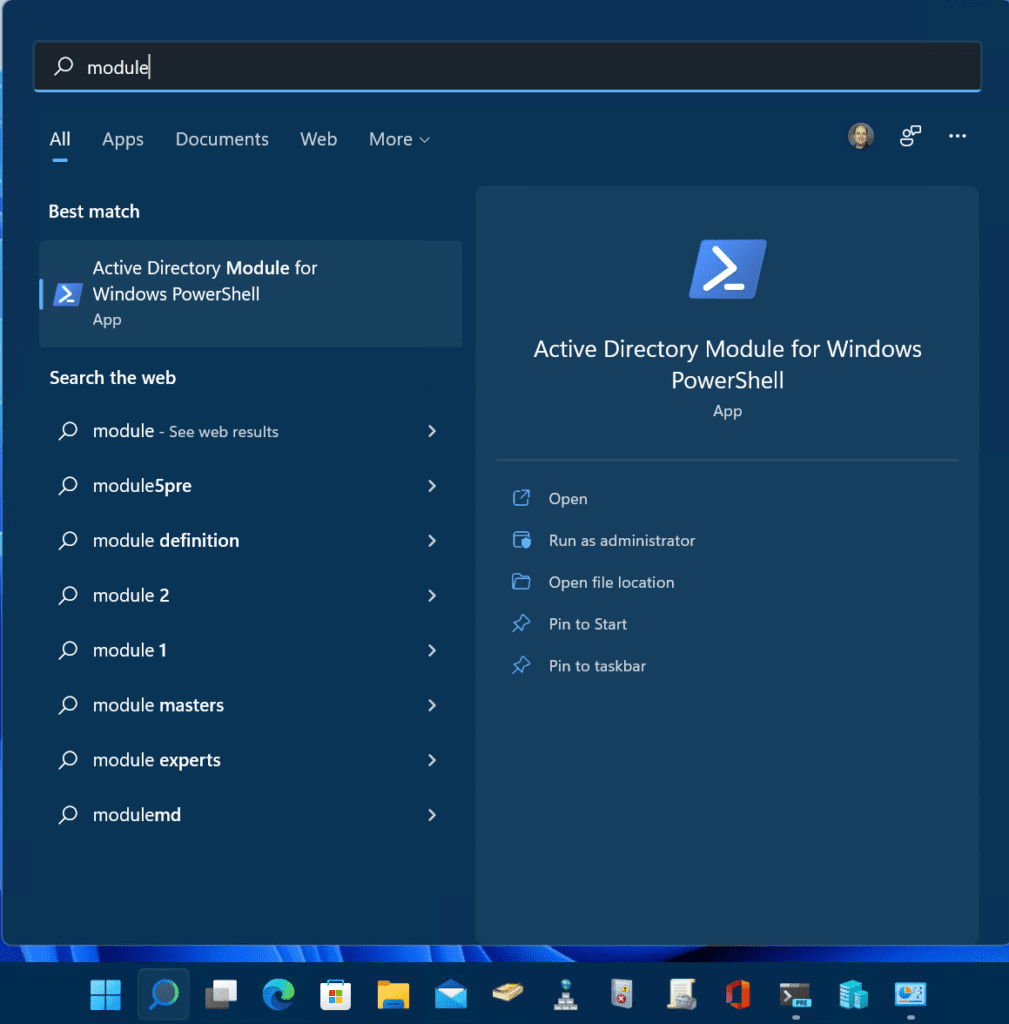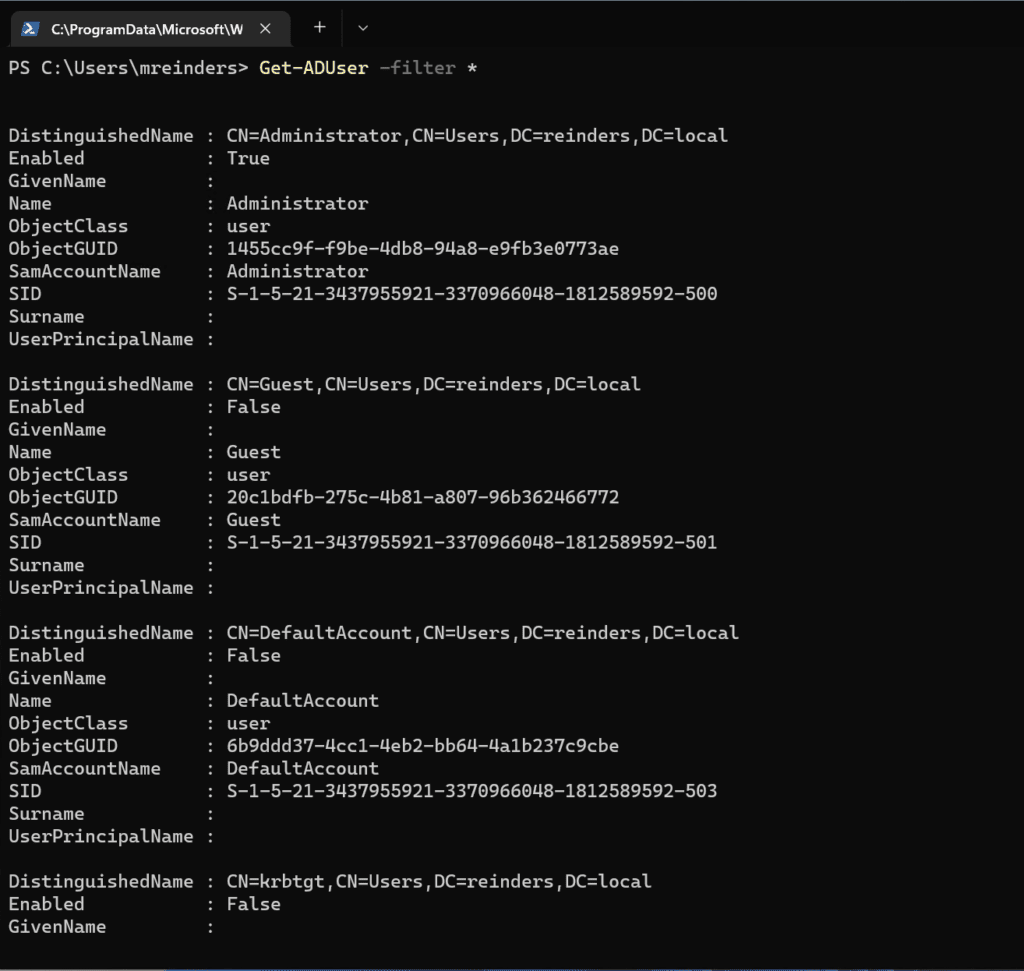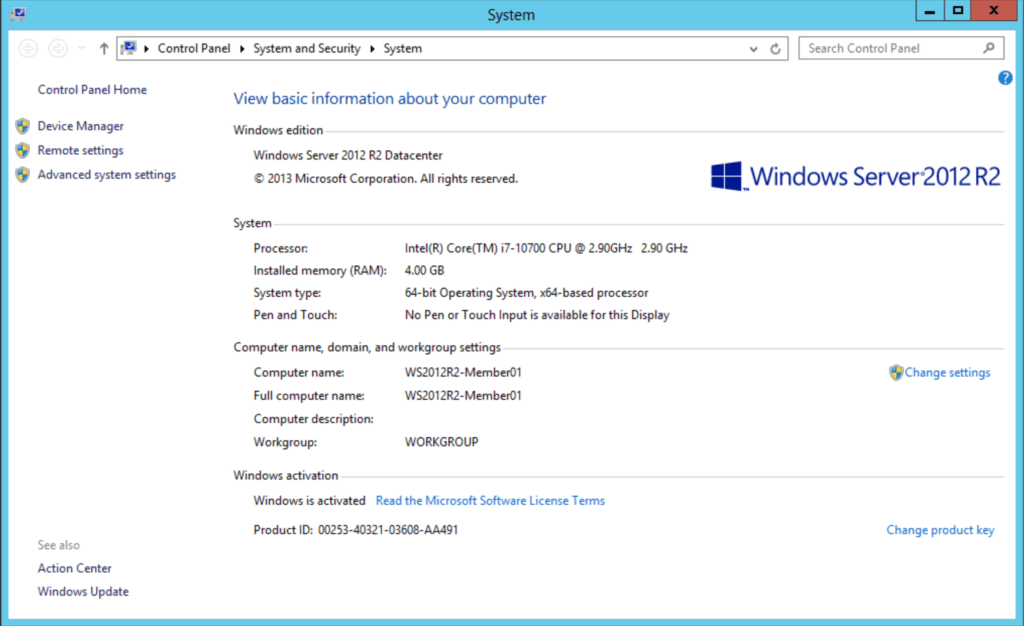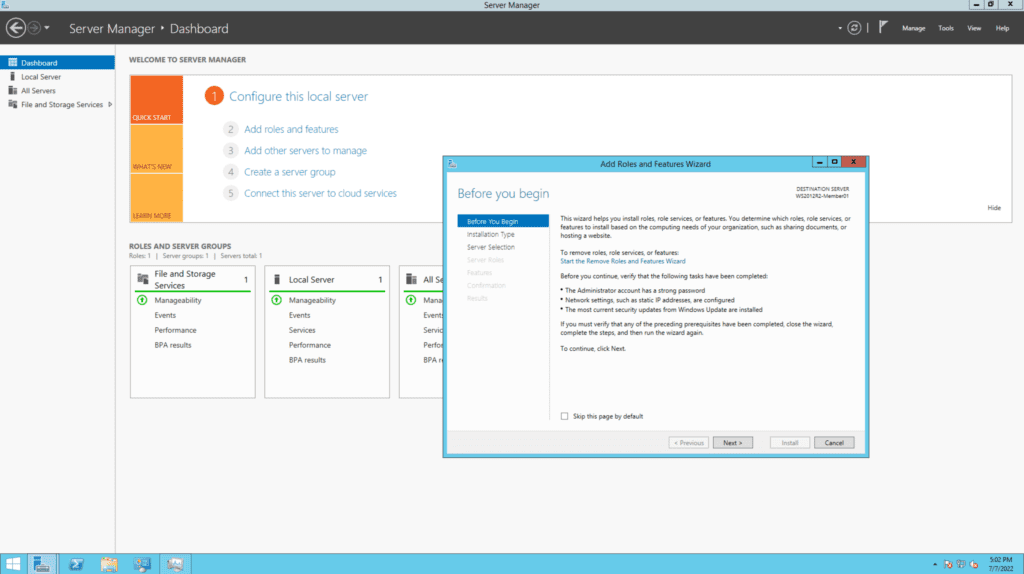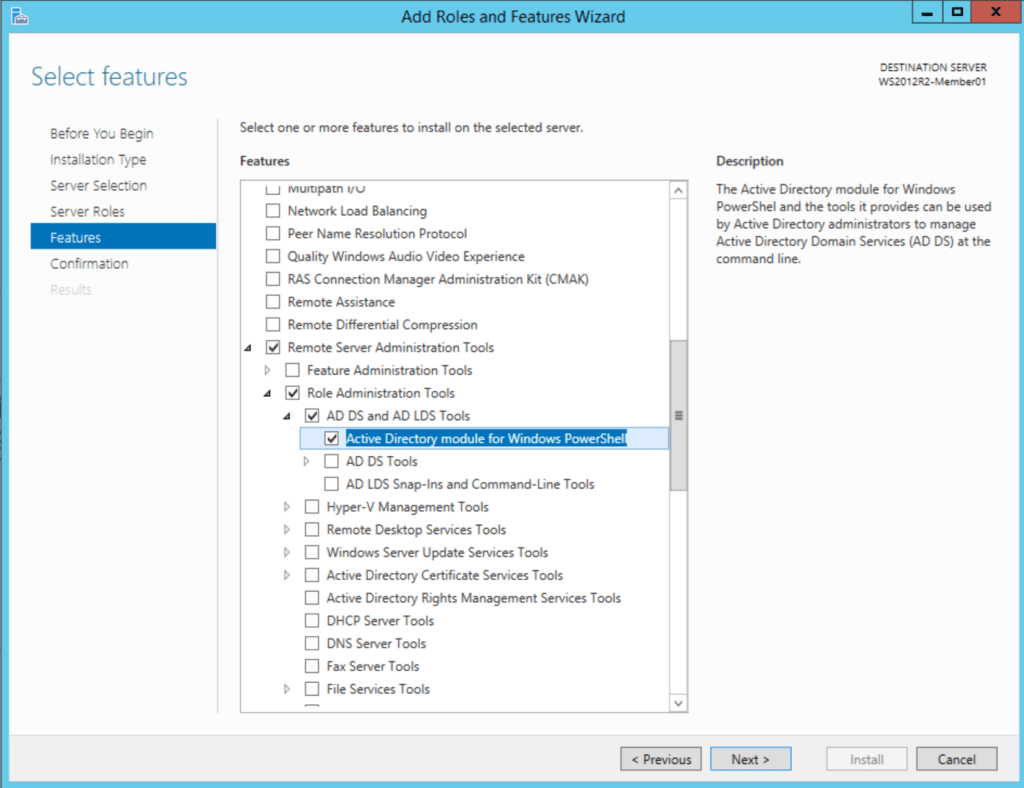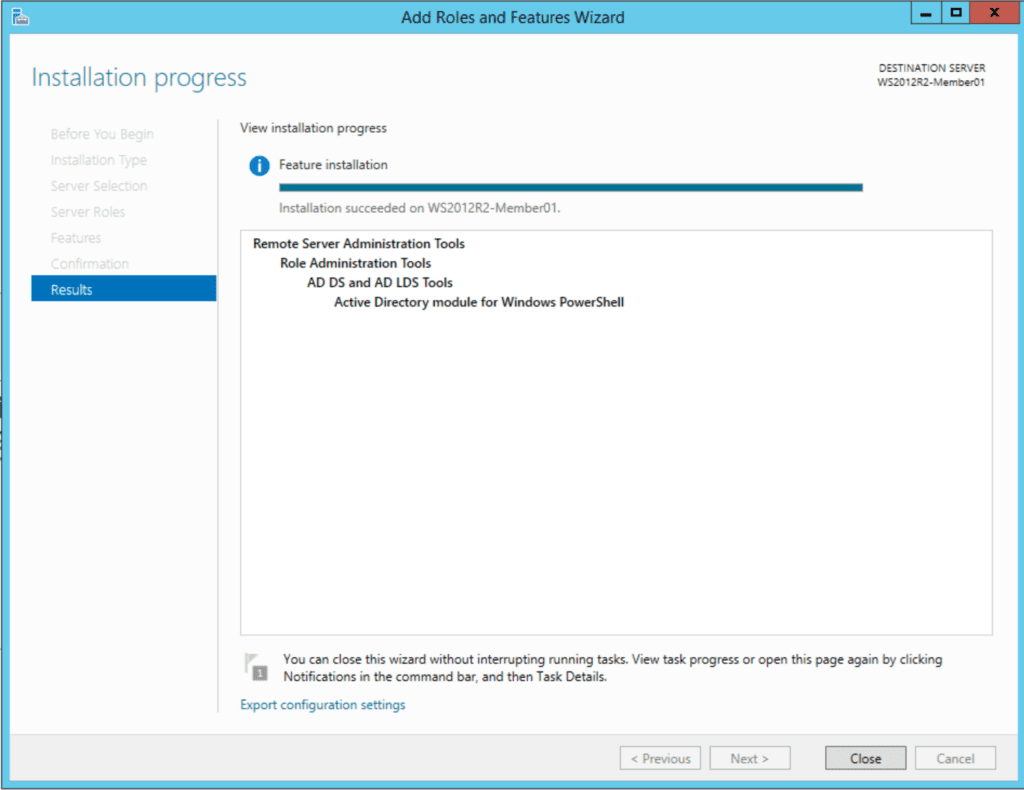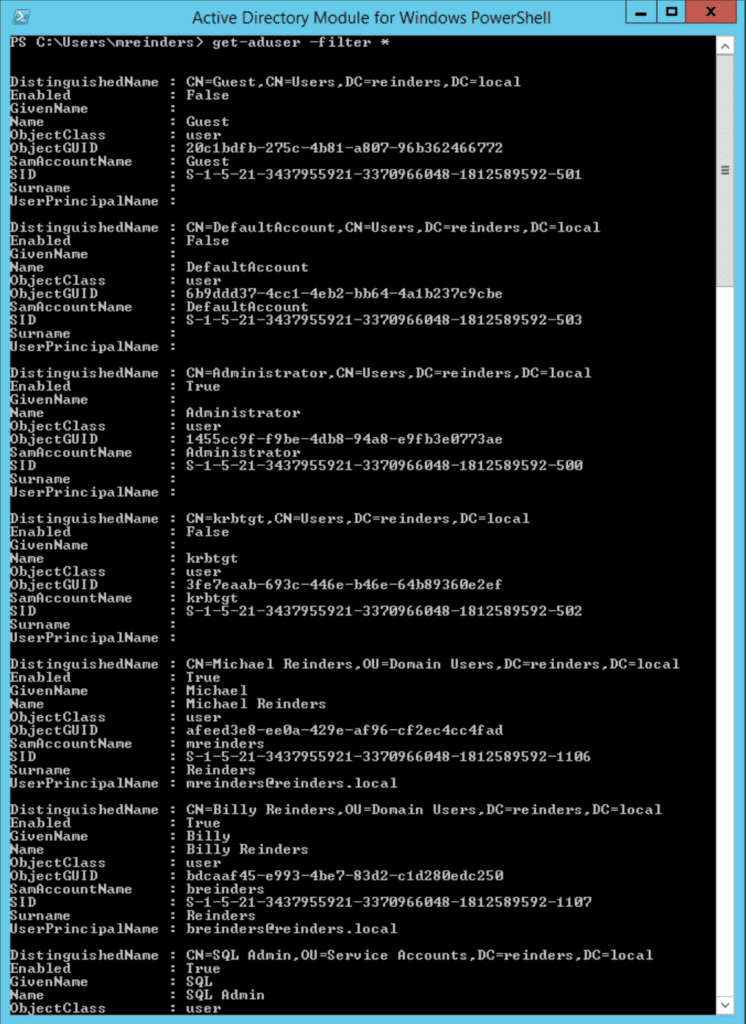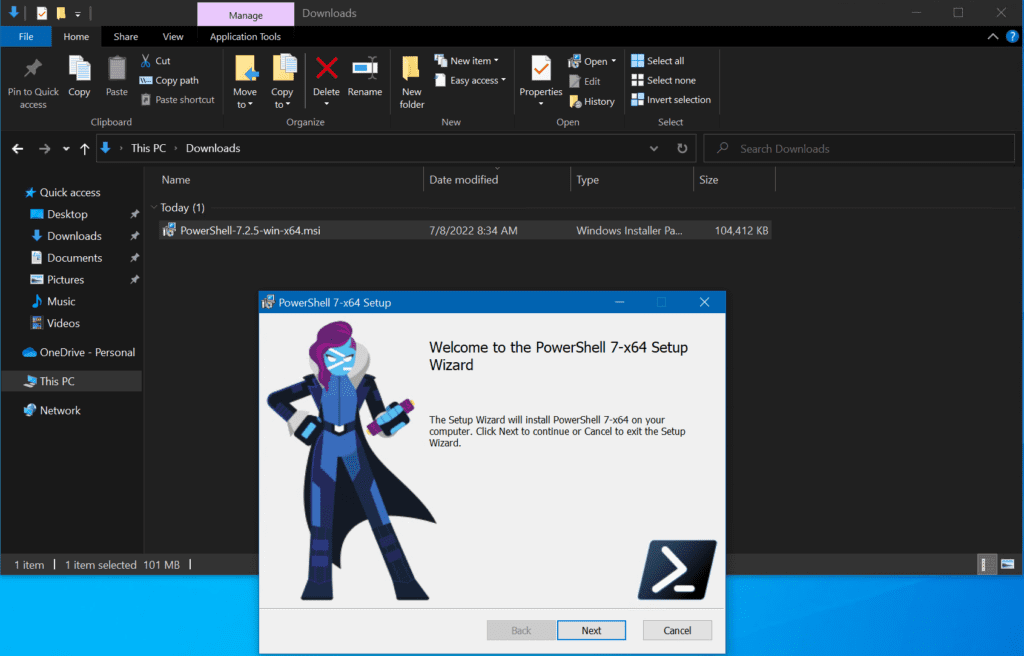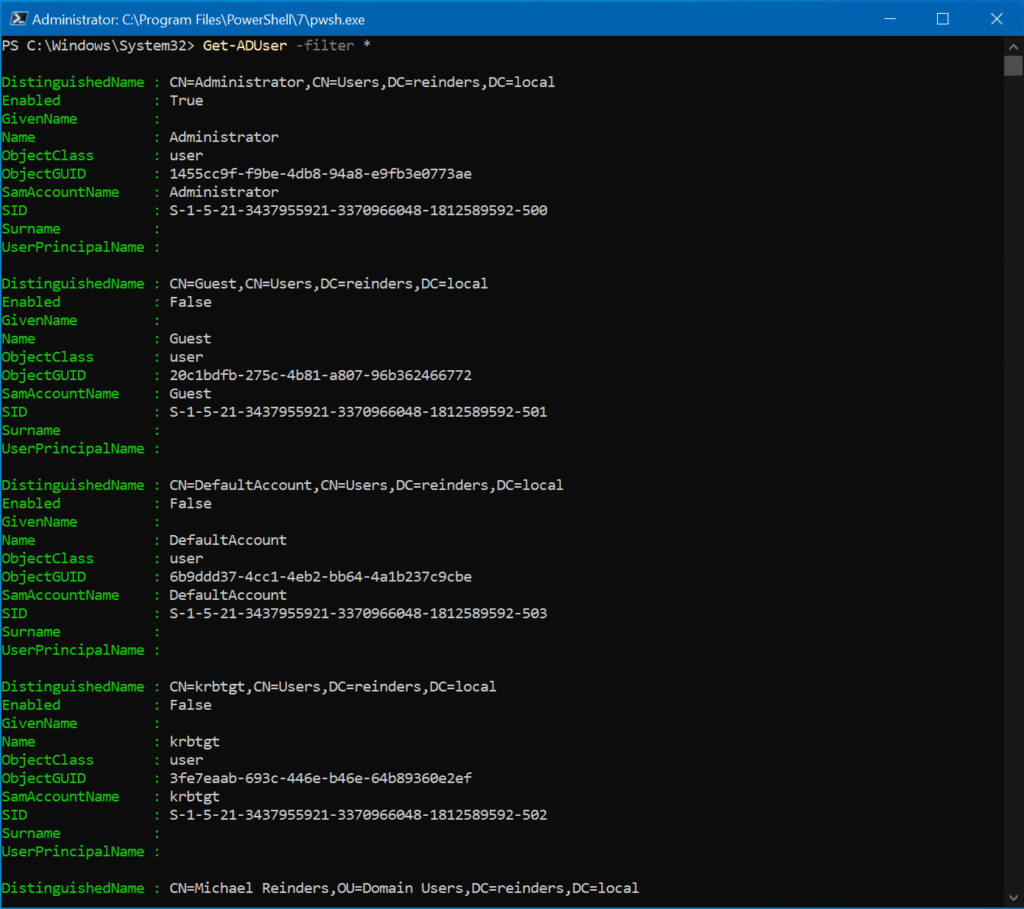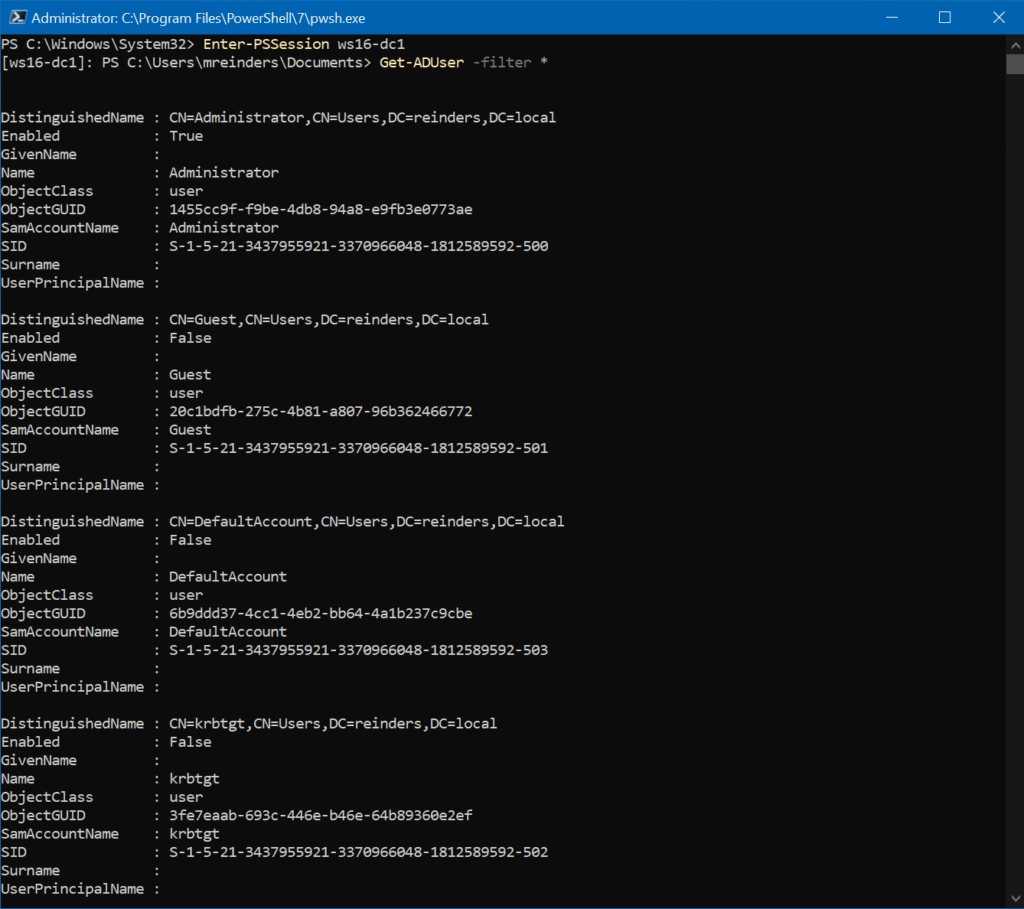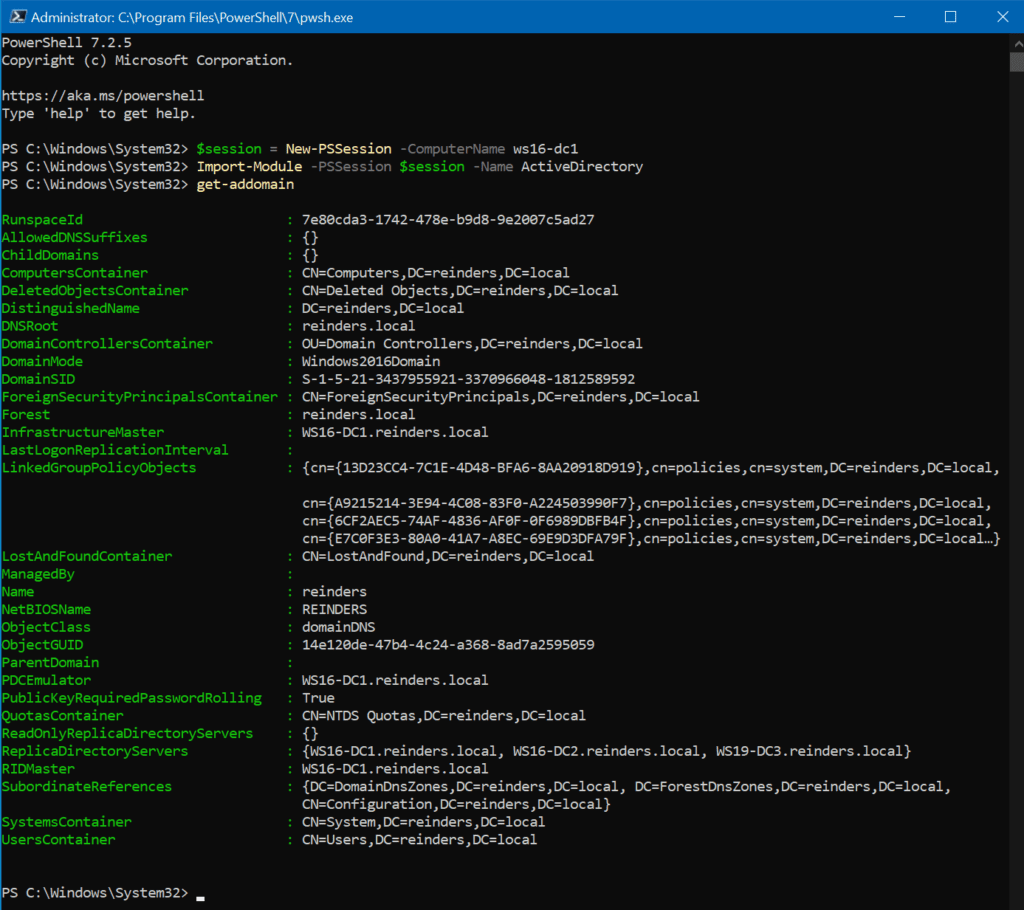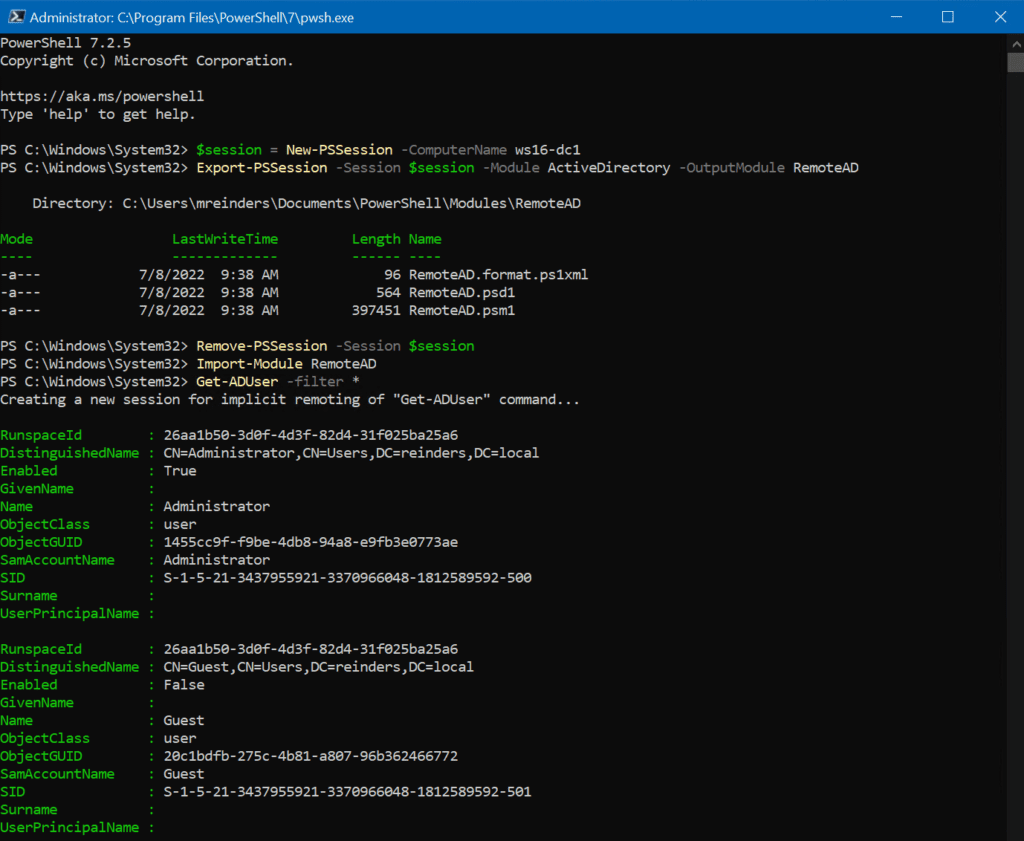Editor’s Note: This is an emergent story, and as such there may be more information available after the date of publication.
Many readers have been asking: “What happened with Snowflake, and why is it making the news?” Let’s dive into this situation, as it is a little more complex than many other large-scale attacks we’ve seen recently.
Snowflake is a data management and analytics service provider. What that essentially means is that when companies need to store, manage, and perform intelligence operations on massive amounts of data; Snowflake is one of the larger vendors that has services that allow that to happen. According to SoCRadar [[ https://socradar.io/overview-of-the-snowflake-breach/ ]], in late-May of 2024 Snowflake acknowledged that unusual activity had been observed across their platform since mid-April. While the activity indicated that something wasn’t right, the investigation didn’t find any threat activity being run against Snowflake’s systems directly. This was a bit of a confusing period, as usually you would see evidence that the vendor’s own systems were being attacked when you had strange activity going on across the vendor’s networks.
Around the time of that disclosure, Santander Bank and Ticketmaster both reported that their data had been stolen, and was being held ransom by a threat actor. These are two enormous companies, and both reporting data breach activity within days of each other is an event that doesn’t happen often. Sure enough, when both companies investigated independently, they both came to the same conclusion – their data in Snowflake was what had been stolen. Many additional disclosures by both victim companies and the threat actors themselves – a group identified as UNC5537 by Mandiant [[ https://cloud.google.com/blog/topics/threat-intelligence/unc5537-snowflake-data-theft-extortion ]] occurred over the following weeks. Most recently, AT&T disclosed that they had suffered a massive breach of their data, with over 7 million customers impacted [[ https://about.att.com/story/2024/addressing-data-set-released-on-dark-web.html ]].
So, was Snowflake compromised? Not exactly. What happened her was that Snowflake did not require that customers use Multi-Factor Authentication (MFA) for users logging into the Snowflake platform. This allowed attackers who were able to successfully get malware on user desktops/devices to grab credentials; and then use those credentials to access and steal that customer’s data in Snowflake. This was primarily done by tricking a user into installing/running an “infostealer” malware, which allowed the attacker to see keystrokes, grab saved credentials, snoop on connections, etc. All the attacker needed to do was infect one machine that was being used by an authorized Snowflake user, and they could then get access to all the data that customer stored in Snowflake. Techniques like the use of password vaults (so there would be no keystrokes to spy on) and the use of MFA (which would require the user acknowledge a push alert or get a code on a different device) would be good defenses against this kind of attack, but Snowflake didn’t require these techniques to be in use for their customers.
Snowflake did not – at least technically – do anything wrong. They allow customers to use MFA and other login/credential security with their service, they just didn’t mandate it. They also did not have a quick way to turn on the requirement for MFA throughout a customer organization if that customer hadn’t started out making it mandatory for all Snowflake accounts they created. This is a point of contention with the cybersecurity community, but even though it is a violation of best practices it is not something that Snowflake purposely did incorrectly. Because of this, the attacks being seen are not the direct fault of Snowflake, but rather a result of Snowflake not forcing customers to use available security measures. Keep in mind that Snowflake has been around for some time now. When they first started, MFA was not an industry standard and customers starting to work with Snowflake back then were unlikely to have enabled it.
Snowflake themselves have taken steps to address the issue. Most notably, they implemented a setting in their customer administration panel that lets an organization force the use of MFA for everyone in that company. If any users were not set up for MFA, they would need to configure it the next time they logged in. This is a good step in the right direction, but Snowflake did make a few significant errors in the way they handled the situation overall:
– Snowflake did not enforce cybersecurity best practices by default, even for new customers. While they have been around long enough that their earlier customers may have started using the service before MFA was a standard security control, not getting those legacy customers to enable MFA was definitely a mistake.
– They also immediately tried to shift blame to customers who had suffered breaches. The customers in question were responsible for not implementing MFA and/or other security controls to safeguard their data; but attempting to blame the victim rarely works out in an vendor’s favor. In this case, the backlash from the security community was immediate and vocal. Especially when it came to light that there was no easy way to enable MFA across an entire customer, they lost the high ground quickly.
– That brings us to the next issue Snowflake faced: they didn’t make it easy to enable MFA. Most vendors these days allow for a quick way to enforce MFA across all users at that customer; with many vendors now having it be opt-out; meaning customer users will have to use MFA unless the customer organization opts-out of that feature. MFA was opt-in for Snowflake customers, even those signing up more recently when the use of MFA was considered a best practice by the cybersecurity community at large. With no quick switch or toggle to change that, many customers found themselves scrambling to identify each user of Snowflake within their organization and turn MFA on for each, one by one.
Snowflake, in the end, was not responsible for the breaches multiple customers fell victim to. While that is true; their handling of the situation, attempt to blame the victims loudly and immediately, and lack of a critical feature set (to enforce MFA customer-wide) has created a situation where they are seen as at-fault, even when they’re not. A great case-study for other service providers who may want to plan for potential negative press events before they end up having to deal with them.
If you are a Snowflake customer, you should immediately locate and then enable the switch to enforce MFA on all user accounts. Your users can utilize either Microsoft or Google Authenticator apps, or whatever Single Sign-On/IAM systems your organization uses.

